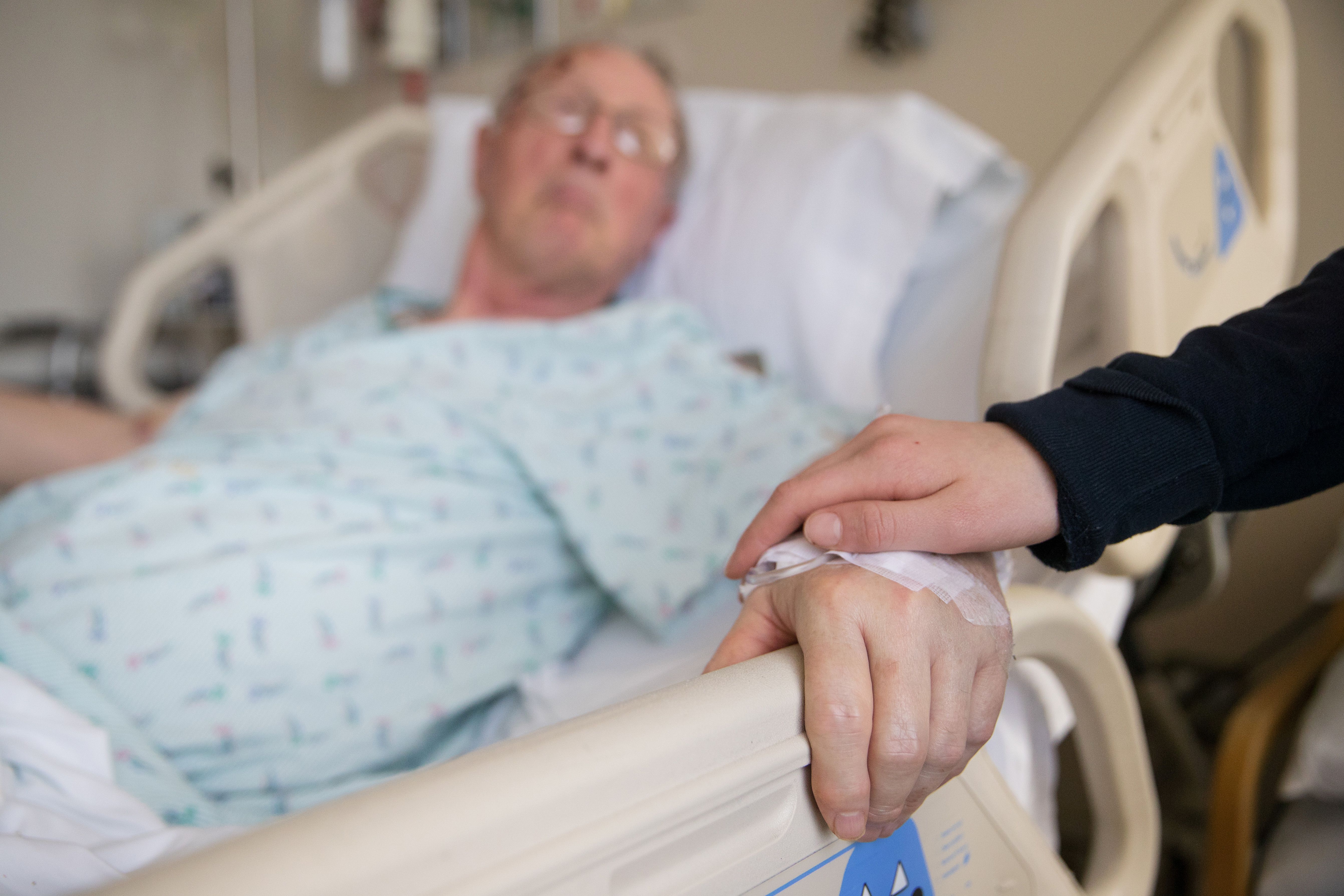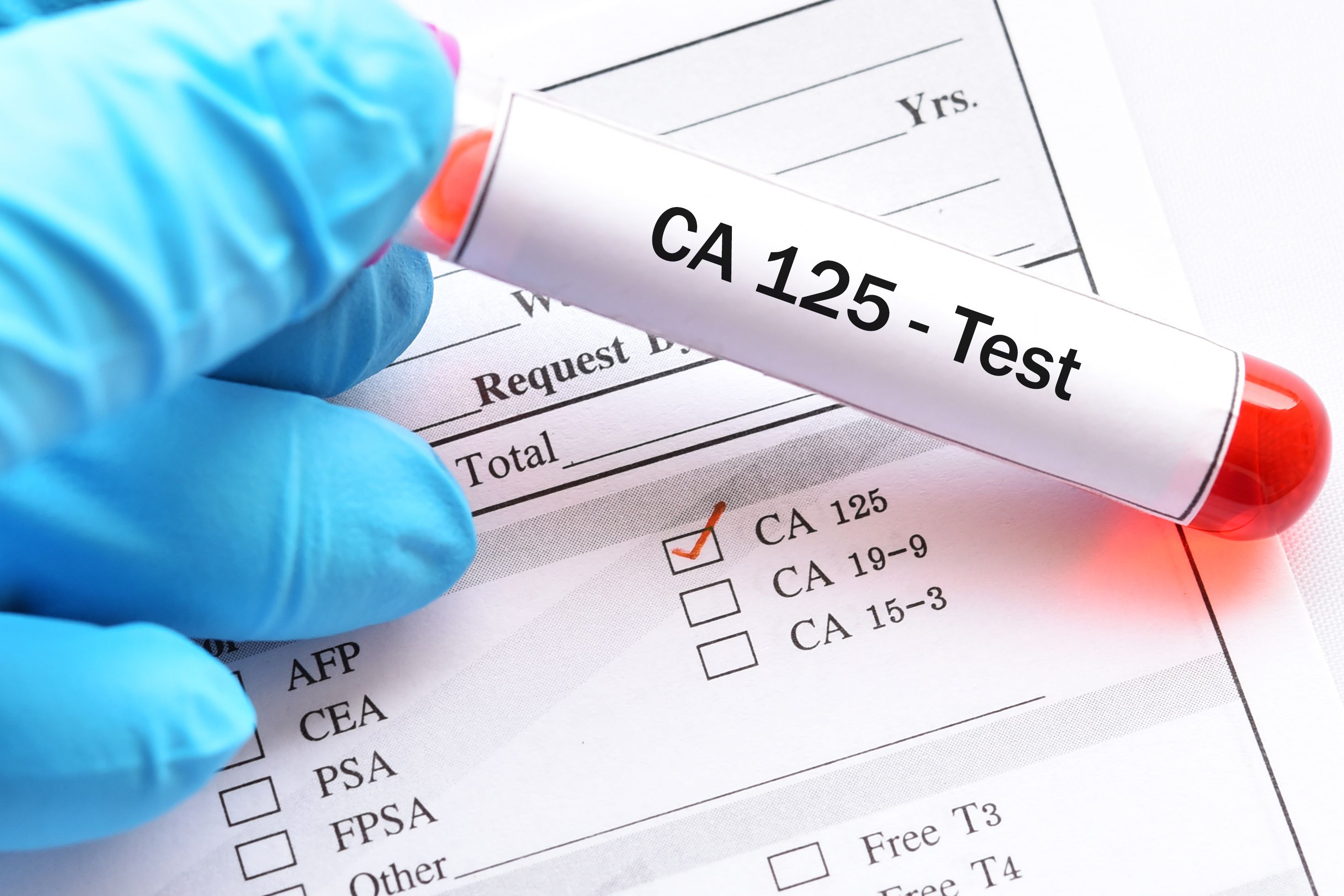Key Takeaways
- Among 13 regimens compared, daratumumab, lenalidomide, and dexamethasone had the highest reduced risk: 89%
- There is a lack of research on survival outcomes of elderly patients who have multiple myeloma, even though the average diagnosis age is 70 years
- Comprehensive geriatric assessments and less toxic effective chemotherapy regiments are needed to optimize potential treatment protocols in these patients
Even with their review findings demonstrating a survival advantage from a triplet regimen of daratumumab, lenalidomide, and dexamethasone to treat relapsed/refractory multiple myeloma (RRMM) in elderly patients—65 years and older—researchers suggest ongoing randomized controlled trials of treatment efficacy in this patient population.
Publishing their results in Life (Basel), the investigators note the lack of extensive research into outcomes among this patient population even though the average age of MM diagnosis is approximately age 70, these patients have a higher risk of toxic adverse effects, and their frailty scores are worse.1
Searches of January 1, 2000, to December 31, 2022, for prospective studies of patients undergoing second-line or later treatment were conducted in PubMed, Embase, the Cochrane Collaboration database, hematology/oncology international meeting results, and ClinicalTrials.gov. The final analysis encompassed 3337 patients from 13 trials of 14 treatment arms and outcomes of progression-free survival or time to progression. The largest trial (ENDEAVOR; NCT01568866) included 497 patients and the smallest (Tourmaline-MM1; NCT01564537), 32 patients.
“One of the major concerns in treating the elderly population is premature discontinuation due to toxicity, which may compromise efficacy and decrease quality of life while active disease is still present,” they write. “The challenge is to provide efficacy and tolerable treatment options that consider the unique needs of elderly patients with MM while avoiding excessive toxicity and maintaining a good quality of life.”
With dexamethasone as the reference treatment—the corticosteroid is approved in combination to treat MM, leukemia, lymphoma, and mycosis fungoides and conditions related to these cancers2—the authors found a triplet regimen of daratumumab, lenalidomide, and dexamethasone had the highest reduced risk of 85% (HR, 0.15; 95% CI, 0.09-0.25; P = .96). This was seen not only among the triplet regimens (6 regimens) for which the authors had data, but overall as well compared with the doublet regimens (7 regimens).
The lowest reduced risk was seen with the combination of carfilzomib plus dexamethasone, at 19% (HR, 0.81; 95% CI, 0.49-1.33; P = .07).
Reduced risks for the remaining regimens evaluated were as follows:
- Daratumumab/bortezomib/dexamethasone: 80% (HR, 0.20; 95% CI, 0.10-0.38; P = .86)
- Elotuzumab/lenalidomide/dexamethasone: 78% (HR, 0.22; 95% CI, 0.14-0.34; P = .82)
- Ixazomib/lenalidomide/dexamethasone: 72% (HR, 0.28; 95% CI, 0.14-0.56; P = .65)
- Carfilzomib/lenalidomide/dexamethasone: 71% (HR, 0.29; 95% CI, 0.19-0.45; P = .65)
- Pegylated liposomal doxorubicin/bortezomib: 69% (HR, 0.31; 95% CI, 0.17-0.58; P = .61)
- Lenalidomide/dexamethasone: 66% (HR, 0.34; 95% CI, 0.24-0.47; P = .51)
- Pomalidomide/dexamethasone: 64% (HR, 0.36; 95% CI, 0.16-0.82; P = .50)
- Elotuzumab/bortezomib/dexamethasone: 60% (HR, 0.40; 95% CI, 0.20-0.79; P = .44)
- Panobinostat/bortezomib/dexamethasone: 59% (HR, 0.41; 95% CI,0.24-0.71; P = .42)
- Vorinostate/bortezomib: 51% (HR, 0.49; 95% CI, 0.28-0.85; P = .30)
- Bortezomib/dexamethasone: 43% (HR, 0.57; 95% CI, 0.37-0.88; P = .20)
For each comparison with dexamethasone, the study authors wanted to ensure consistency, so they used a random-effects treatment interaction model and a node-splitting technique. A potential caveat could be risk of bias from lack of trial blinding.
Speaking to the clinical significance of their findings, the authors noted their results echo a previous study that investigated daratumumab, lenalidomide, and dexamethasone among a more general patient population who had RRMM. That study, too, showed the triplet to have the highest reduced risk and greatest chances of improving progression-free survival.
In addition, their results speak to the great need for less toxic effective chemotherapy regimens in elderly patients and optimizing these patients’ potential treatment protocols with comprehensive geriatric assessments. Because newer treatments, such as chimeric antigen receptor T-cell therapy and bispecific monoclonal antibodies, have seen limited application in elderly populations.
“Our research illuminates optimal treatment paradigms for elderly patients battling RRMM,” the authors concluded. “However, recognizing the potential biases from the heterogeneity of agents and patient populations in our analysis, we advocate for more prospective randomized trials to pinpoint the best sequencing of MM treatments.”
References
- Yang TL, Lin C, Ho CL, et al. Progression-free survival efficacy in refractory/relapsed multiple myeloma among elderly patients: a systematic review. Life (Basel). 2023;13(12):2259. doi:10.3390/life13122259
- Dexamethasone. National Cancer Institute. Updated June 4, 2021. Accessed January 8, 2024. https://www.cancer.gov/about-cancer/treatment/drugs/dexamethasone#:~:text=Use%20in%20Cancer,Lymphoma






